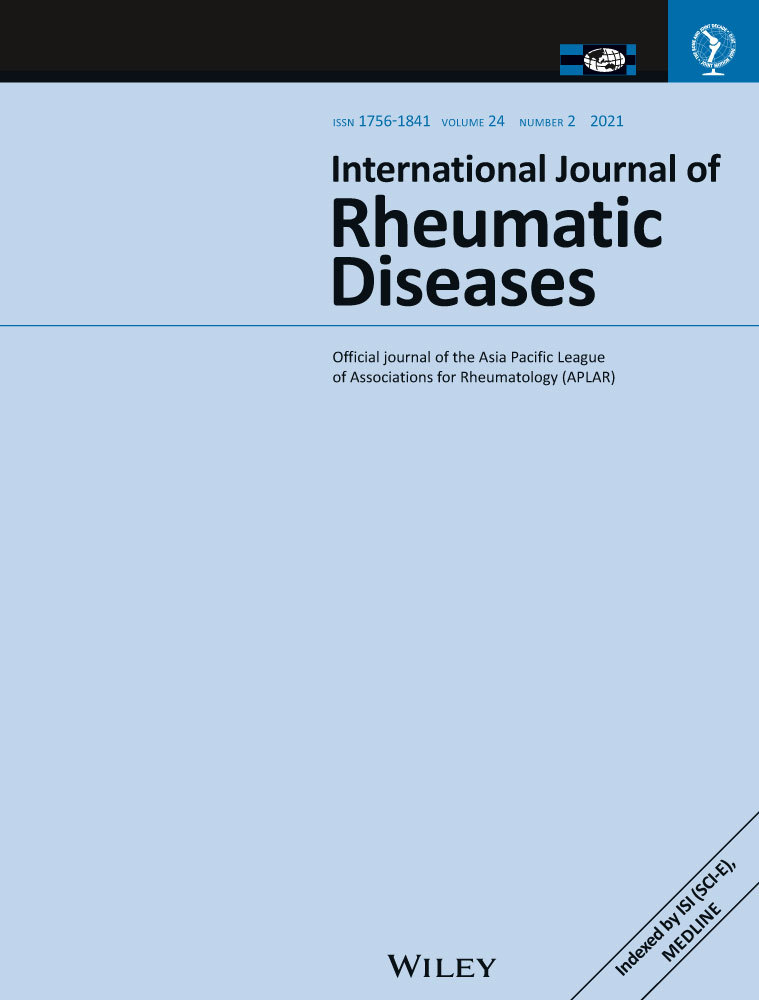YouTube as a source of information on fibromyalgia
Abstract
Aim
The internet has gained popularity as a health information source for patients. YouTube is one of the biggest platforms used worldwide. Several studies showed that quality of the information on YouTube videos for patient information is poor. This study aimed to evaluate the content and quality of YouTube videos, as a source of patient information for fibromyalgia (FM).
Methods
In this cross-sectional study, a YouTube search with the keyword "fibromyalgia" was performed, and the first 200 videos were listed according to relevancy. Advertisements, duplicate videos, videos in languages other than English, and videos without audio were excluded. Video features (number of "likes", "dislikes", views, length of video), and source of upload were recorded. DISCERN and Journal of the American Medical Association (JAMA) benchmark criteria were used for quality analysis. Video quality was assessed according to the source of upload and video features. The correlation analysis was performed between video features, JAMA, and DISCERN scores.
Results
A total number of 102 videos were analyzed. The most common source of upload was physicians and majority of the content (55.8%) was about symptoms and treatment. Mean DISCERN and JAMA scores were 35.7 and 2.2, respectively. These scores were highest in videos uploaded by physicians (52.7 and 2.6, respectively). There is a positive correlation between the duration of the video, DISCERN, and JAMA scores.
Conclusion
The majority of YouTube content has poor quality. Health professionals should be aware of the importance of health-related information on YouTube and provide high-quality accurate and up-to-date content.
CONFLICT OF INTEREST
All the authors have no conflict of interest to declare.




